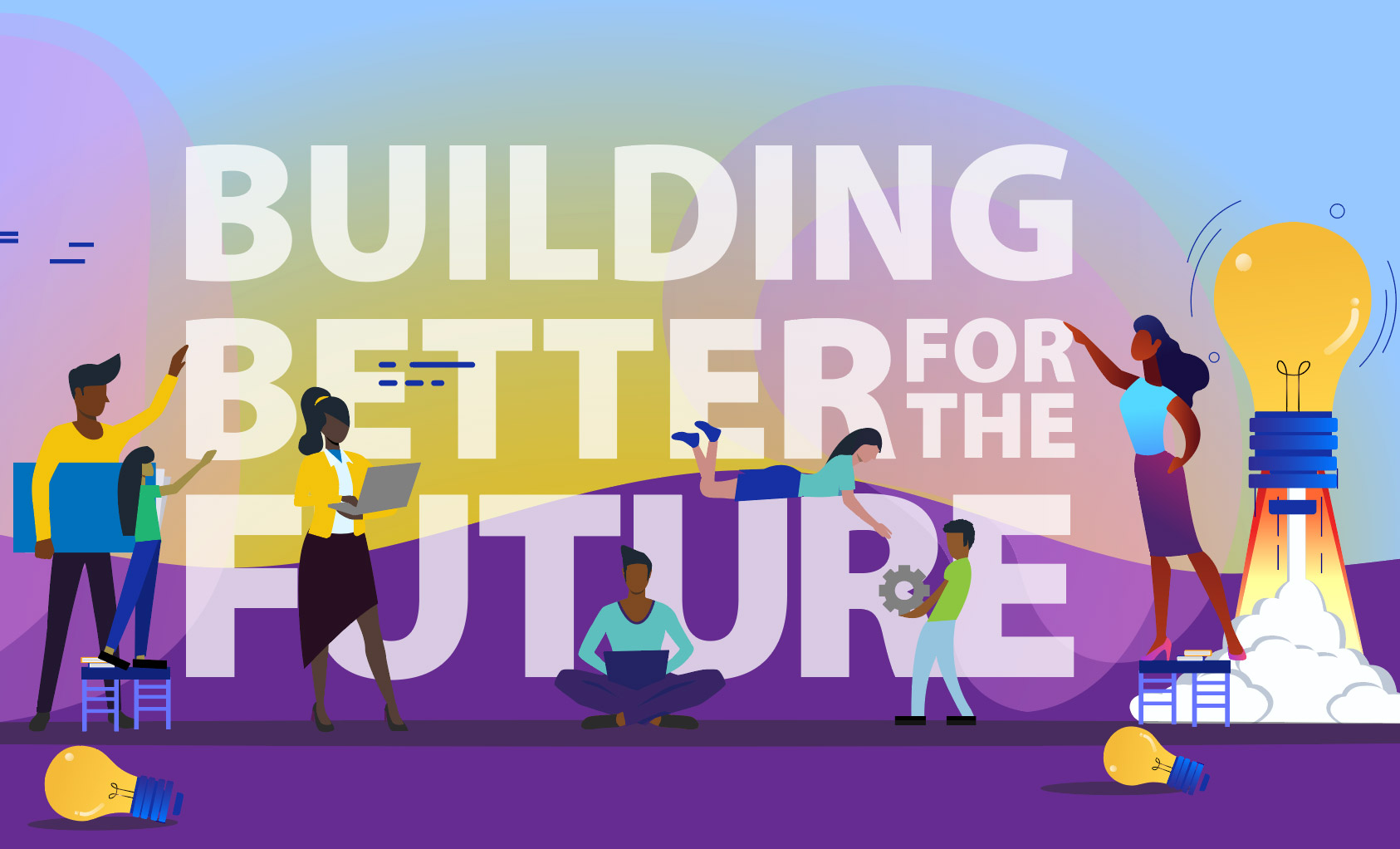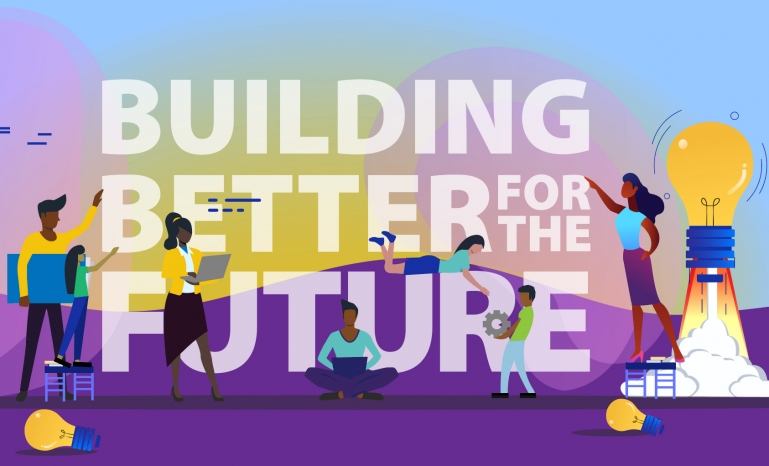Coalition for the Employment of Californians with Disabilities - Community Conversations

Coalition for the Employment of Californians with Disabilities - Community Conversations
What?
A Community Conversation is an informal virtual or in-person gathering where people share ideas and experiences. It is a way for people to talk about common goals and better understand each other. The Coalition for the Employment of Californians with Disabilities and Disability Rights California hope these conversations will be a launch pad for developing action items that we, together as a community, can achieve to bring us closer to our goals of advancing disability employment in California.
This tool kit is to help you bring together members of your community to talk about disability employment.
Who?
Any group of people who are interested in improving disability employment in California. The Coalition for the Employment of Californians with Disabilities is especially interested in connecting with the business community and community groups most impacted by COVID-19. For example, people with disabilities who are Black, Indigenous, people of color, women and people with high support needs.
You might already know people to invite to your Community Conversation. You could also share about your community conversation on social media to invite others to attend. Here is a sample post you can use to tell others about where and when you will be meeting. You can download the banner image to use here.

The Coalition for the Employment of Californians with Disabilities invites you to join the conversation and help us, together as a community, achieve our goals of advancing disability employment in California.
Where: [XXXXXXX]
Hosted by: [XXXXXXX]
Contact: [XXXXXXX]
Where?
We suggest hosting your Community Conversation in a place that is comfortable and accessible to people who want to attend. This might be a zoom meeting, a coffee shop, park, community center or any place that makes sense for your group.
How?
Here are some suggestions for how to host your Community Conversation.
- Pick a Facilitator – The facilitator will help lead the discussion and make sure the group stays on topic. They should help make sure that everyone who wants to share ideas has an opportunity to. It’s a good idea to pick a facilitator who is part of the community that is attending the conversation. For example, if your student group is having a community conversation, you might want your facilitator to be a student rather than a teacher.
- Pick a Notetaker – The note taker will write a summary of what is talked about at the meeting. They will fill out the Community Conversation Worksheet . After the meeting, they will send their notes and the Worksheet to Connie.Chu@disabilityrightsca.org.
- Follow the Agenda – We suggest that you use the Community Conversation Worksheet as your agenda for the meeting. An agenda helps the group stay on track. It also has discussion questions to help people to share ideas and experiences about employment for people with disabilities.
Things to Keep in Mind
- Every person has valuable things to share.
- The best solutions often come from people who are closest to the problems.
- When people come together to talk, we find we have many things in common.
- Real change is possible.
Other Tips
- If your group is very large, you might want to break into smaller groups to talk about the discussion questions. A member of the small group can share or report-out to the big group after each round of discussion. This way everyone gets a chance to talk and everyone gets a chance to listen.
- If you are not sure, ask for help. If something doesn’t feel quite right, let the group know. Ask if they have ideas about how to fix it.
If you need support or have questions, please contact: connie.chu@disabilityrightsca.org





